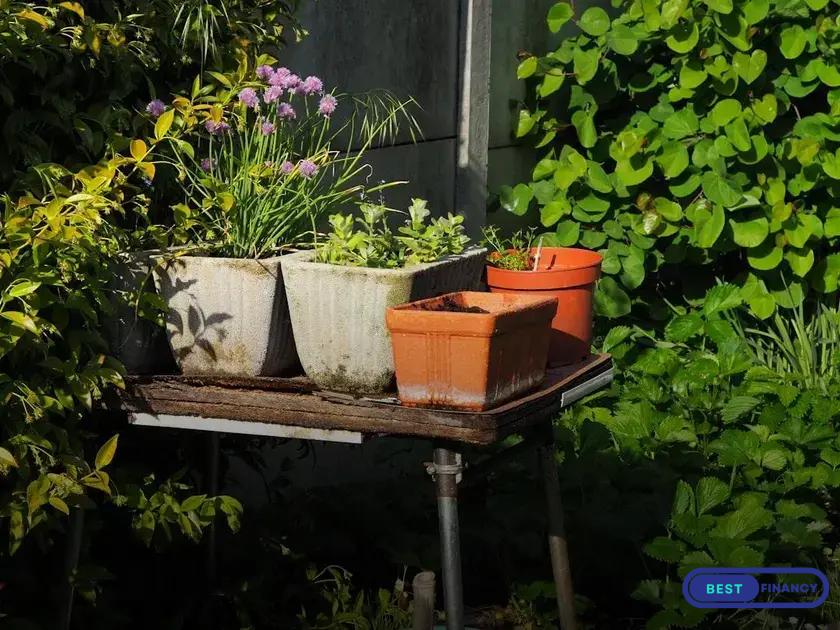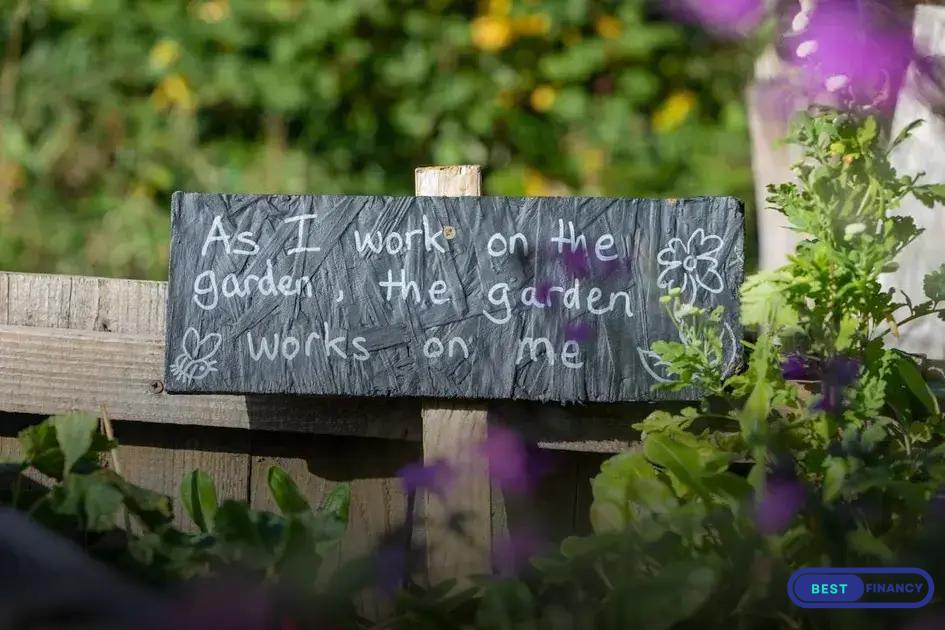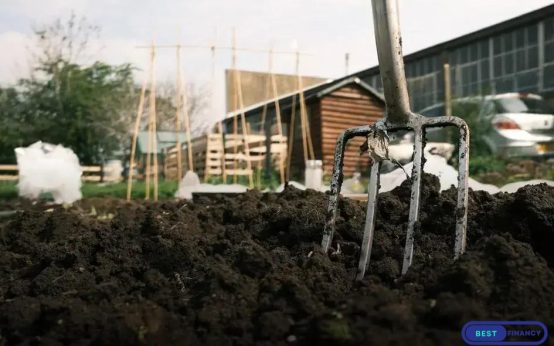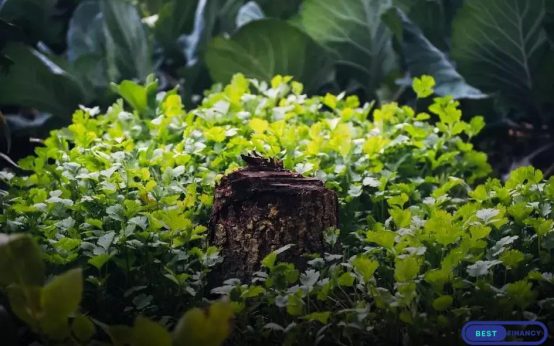Incorporating water features into your garden can transform your outdoor space, adding beauty and tranquility. Whether you choose a small fountain or a large pond, water features create a soothing atmosphere and invite wildlife. In this post, we explore different types of water features and how you can integrate them seamlessly into your garden design. Learn about installation tips, maintenance, and design ideas for small spaces. Start your journey towards a serene garden oasis today.
Choosing the Right Water Feature
Identify Your Purpose
Before selecting a water feature, it’s crucial to clarify its purpose. Are you aiming to create a focal point, enhance the garden’s aesthetics, or attract wildlife? Understanding the main goal will help narrow down your options and choose a feature that complements your garden’s overall theme and size.
Consider Your Space
Evaluate the available space in your garden. Small gardens may benefit from compact features like wall fountains or bubbling urns, while larger gardens can accommodate ponds or cascading waterfalls. Ensure the feature fits comfortably without overwhelming the area.
Choose the Right Style
Water features come in various styles, from traditional to contemporary. Consider the architectural elements of your home and garden when choosing a style. A modern-looking fountain might clash with a rustic garden, so select a design that harmonizes with existing elements.
Material Match
Water features can be made from a range of materials such as stone, metal, or ceramic. Each material offers unique benefits and fits different aesthetic preferences. Stone may offer a natural look, while metal might provide a sleek, modern touch.
Think About Maintenance
Consider the maintenance requirements of each option. Some water features need regular cleaning and maintenance, while others are more straightforward. Features with filtration systems can reduce cleaning needs, making them more manageable for busy garden owners.
Budgeting Wisely
Set a realistic budget before making a purchase. Water features vary significantly in price based on their size, complexity, and material. Remember to account for additional costs such as installation and long-term maintenance in your budget planning.
Installation Tips for Water Features

When installing a water feature, the first step is to thoroughly plan the location. Consider areas that will not only enhance your garden’s aesthetics but also allow accessibility for maintenance. Position it in a shaded area to minimize algae growth and water evaporation.
Next, prepare the ground by leveling it for stability. Use a spirit level to ensure the surface is even, which will prevent water from spilling unevenly. Consider integrating a liner if you’re building a pond. A liner helps in retaining water effectively and protects the pond structure.
You should also invest in a good water pump. Pumps are crucial as they circulate water, preventing stagnation and ensuring the water flow is consistent. When choosing a pump, pay attention to its power relative to the size of your water feature.
Install appropriate filtration systems to maintain water clarity and quality. This is particularly important if you plan to introduce fish or aquatic plants into your water feature. Filtrations help in removing debris and balancing the ecosystem within your feature.
Electrical components should be handled with care. They should be installed by a professional, ensuring all wiring is waterproof and securely housed to prevent any short circuits or hazards.
For larger features, consider surrounding them with stones or plants that can naturally integrate them into the landscape, providing a more cohesive look to your garden.
Finally, remember to check local regulations related to water use and wildlife protection. This ensures your water feature is not only beautiful but also compliant and environmentally friendly.
Maintenance of Garden Water Features
Regular maintenance of your garden water features is essential to keep them in pristine condition and ensure they function smoothly. Begin by cleaning the filters regularly, as this helps in preventing clogs. A blocked filter can reduce the efficiency of pumps and lead to murky water.
Next, periodically check and maintain the water levels. Evaporation can cause water levels to drop, especially in hotter months, potentially damaging pumps if not corrected. Refill using distilled water when necessary to avoid any mineral accumulation.
Algae can quickly become a problem in garden water features. Implement a regular algae control plan by introducing natural solutions like barley straw or seeking help from safe, pond-friendly algaecides. These methods help in controlling algae growth without harming other aquatic life.
Don’t forget to keep an eye on the pump’s performance. Every month, perform a routine check-up to ensure it’s functioning correctly. Clean the pump of any debris or leaves that may have been sucked in.
Seasonal maintenance is also critical. In colder climates, winterize your water features by disconnecting and storing pumps and covering the surface to prevent debris accumulation. This preparation helps to protect the system during harsh weather.
Finally, pay attention to the surrounding plants. Trim any overhanging branches to avoid excessive debris falling into the water, which can affect both the water quality and the aesthetic of your feature.
Design Ideas for Small Gardens

Incorporating water features in your small garden can transform the space into a peaceful oasis. Even in limited areas, simple features like a miniature fountain or a water bowl can make a big impact. The gentle sound of water can mask urban noise, creating a serene atmosphere ideal for relaxation.
When considering small garden designs, think vertically. Wall-mounted fountains don’t require floor space and can be installed on existing walls or fences. These elegant features add a chic element while saving space, making them suitable for even the most compact gardens.
Enhancing Tranquility
A small pond can introduce both water and wildlife into your garden, encouraging biodiversity. Smaller, pre-formed ponds are perfect for tiny yards and offer a home for aquatic plants and small fish. Consider adding plants, such as water lilies or lotuses, which thrive in ponds and contribute to the tranquility of your garden space.
For those who want a unique touch, a simple birdbath can double as a water feature and attract avian visitors. This multifunctional element not only enhances the garden’s aesthetics but also supports local birds. Position it strategically to ensure it’s visible from your favorite garden spots.
LED lighting can be incorporated into water features for a dramatic effect. By highlighting the gentle movement of water, you can enjoy your garden in the evening and create a magical ambiance. Choose solar-powered lights to align with eco-friendly practices and reduce energy consumption.
Remember, the key to success in small gardens is to keep designs simple yet effective, ensuring each element serves a purpose. Let your creativity flow as freely as the water, and you’ll have a beautiful garden retreat that offers a splash of tranquility.
Enhancing Biodiversity with Water Features
Integrating water features into your garden is a wonderful way to enhance biodiversity. Water plays a crucial role in attracting a variety of wildlife, such as birds, insects, and amphibians. By adding a pond, birdbath, or fountain, you create a habitat that supports these creatures and promotes a balanced ecosystem.
When choosing a water feature, consider the different needs of wildlife. A small pond can be a haven for frogs and dragonflies. Adding aquatic plants like lilies or reeds provides shelter and breeding grounds for insects and small animals. Additionally, a simple birdbath can attract a variety of birds looking for a place to drink and bathe.
Water features also support pollinators by supplying them with essential hydration. Bees and butterflies are attracted to sunlit watering spots, increasing the chances of pollination in your garden. Make sure your water sources are accessible and safe for these small creatures to prevent drowning.
The sound of water can also play a significant role in enhancing biodiversity. The soothing noise of a fountain or a babbling brook can attract species that are sensitive to sound. Additionally, flowing water helps maintain a healthy environment by aerating the water, which is beneficial for fish and other aquatic life.
Consider the surrounding landscape when adding water features. Incorporating rocks and logs around the edges can provide habitats for lizards and insects. Varied plantings around water features offer additional cover and food sources for wildlife.


 Hosting a Garden Party: Nature-Inspired Decor Ideas
Hosting a Garden Party: Nature-Inspired Decor Ideas  Outdoor Lighting Ideas: Highlight Your Garden at Night
Outdoor Lighting Ideas: Highlight Your Garden at Night  Creating a Relaxing Garden Retreat: Transform Your Outdoor Space
Creating a Relaxing Garden Retreat: Transform Your Outdoor Space